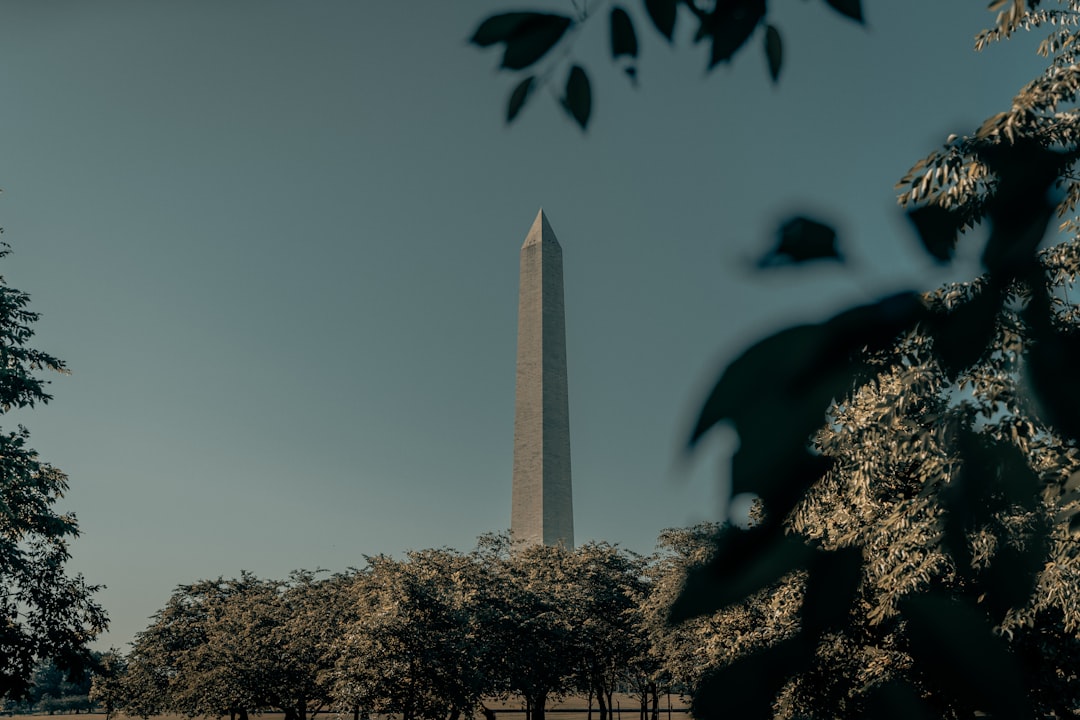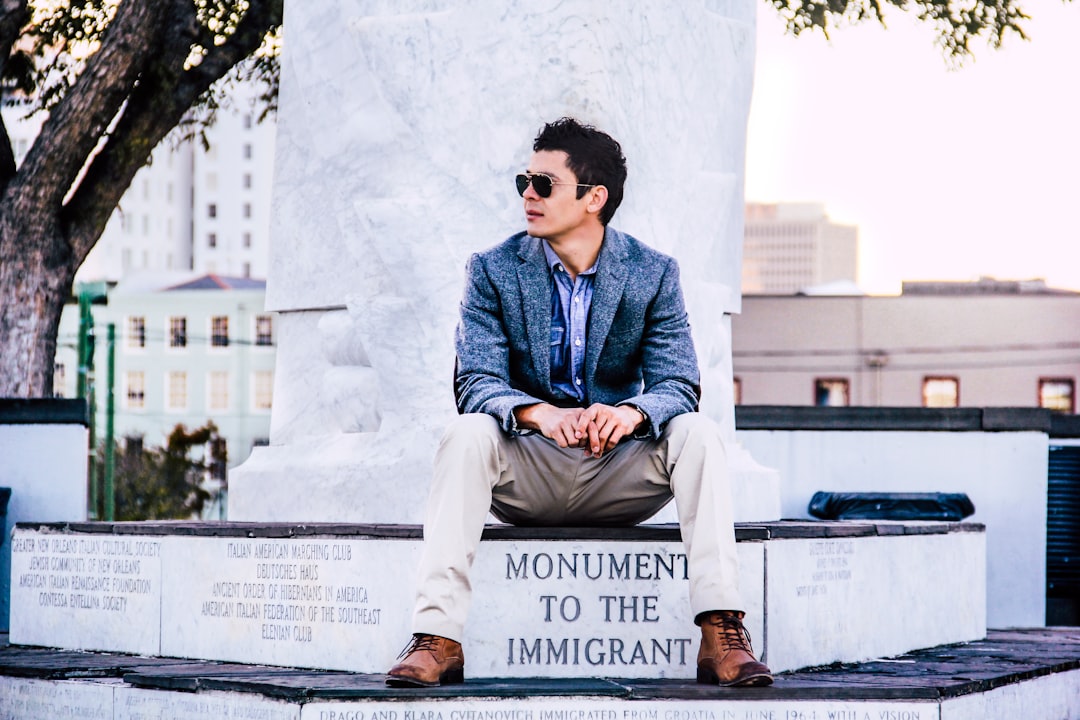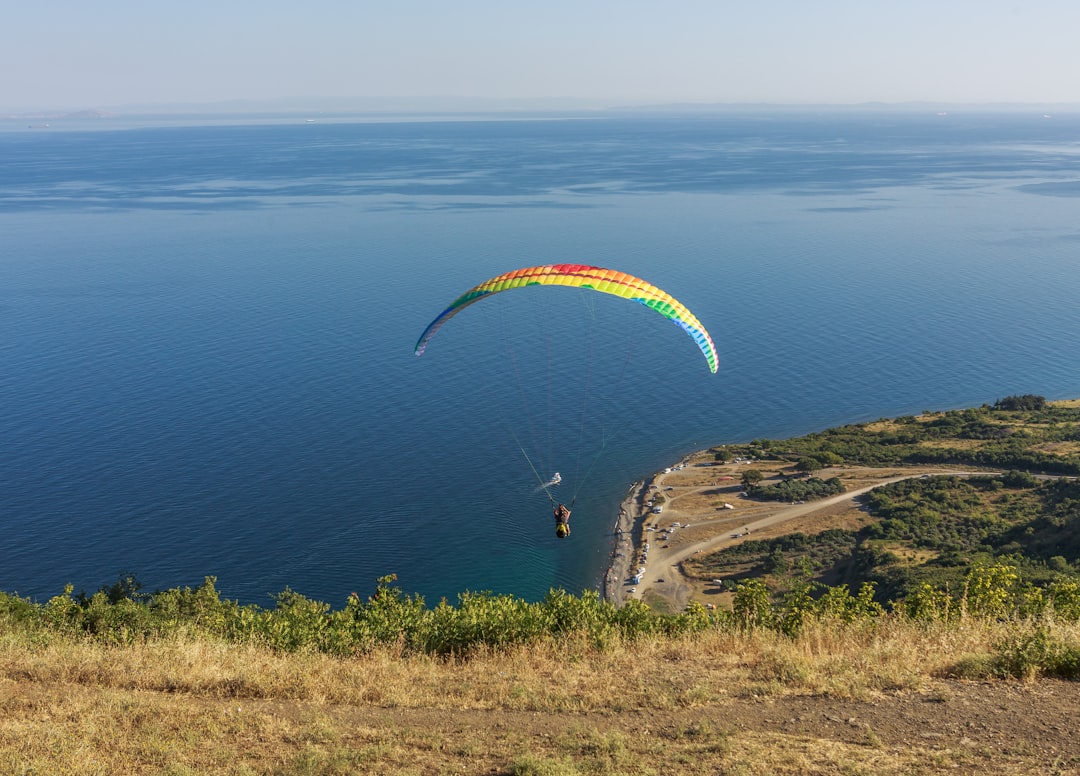
A Journey Through Time: A Guide to Monuments in the USA.
# Introduction. The United States is a vast and diverse country, rich in history and culture, boasting an array of iconic monuments that reflect its complex narratives. From towering statues that honor heroes to architectural masterpieces symbolizing freedom and perseverance, these monuments serve as cultural touchstones that encapsulate the American experience. Whether you are a history buff, an art enthusiast, or a curious traveler, this guide will take you on an enlightening journey through some of the most significant monuments in the USA. # The Statue of Liberty: A Symbol of Freedom. One cannot discuss American monuments without mentioning Lady Liberty, the Statue of Liberty, standing tall on Liberty Island in New York Harbor. Gifted by France to the United States in 1886, this colossal copper statue symbolizes freedom, democracy, and hope. More than just a monument, it’s an entry point into the American dream, having welcomed millions of immigrants arriving by sea for over a century. Visitors can explore the grounds of Liberty Island and take tours that offer insights into the statue's history and significance. For those seeking a panoramic view of New York City, a trip to the crown of the statue is well worth the climb, though reservations are recommended. This iconic landmark is a testament to the enduring spirit of freedom and a must-visit for anyone traveling the East Coast. # Mount Rushmore: The Faces of History. Traveling to South Dakota, Mount Rushmore National Memorial offers another iconic representation of American ideals. Sculpted into granite by Gutzon Borglum, the monument features the 60-foot faces of four U.S. Presidents: George Washington, Thomas Jefferson, Theodore Roosevelt, and Abraham Lincoln. Carved between 1927 and 1941, these figures were chosen to represent the nation’s birth, growth, development, and preservation. Visitors can enjoy accessibility trails, informational exhibits, and ranger-led programs that delve into the monumental challenges faced during its construction. The awe-inspiring views set against the backdrop of the Black Hills provide not only breathtaking photography opportunities but also a profound appreciation for the vision behind one of America’s most recognized symbols. # The Lincoln Memorial: A Pillar of Civil Rights. In the heart of the nation’s capital stands the Lincoln Memorial, dedicated to the 16th President of the United States, Abraham Lincoln. This temple-like structure, completed in 1922, features a monumental seated sculpture of Lincoln and inscriptions from two of his most famous speeches: the Gettysburg Address and his Second Inaugural Address. The Lincoln Memorial is more than just an architectural marvel; it has played a significant role in the American civil rights movement. It hosted historic events, including Martin Luther King Jr.’s “I Have a Dream” speech in 1963. Visitors can reflect on the striking symbolism of the memorial as a gathering place for equality and social change while enjoying sweeping views of the Reflecting Pool and the Washington Monument. # The Washington Monument: A Beacon of Innovation. Just a short walk from the Lincoln Memorial is the Washington Monument, an obelisk dedicated to George Washington, the United States’ first president. Standing at 555 feet, it was once the tallest man-made structure in the world. The monument’s design, made primarily of marble, granite, and blue stone, is a tribute to the nation’s founding father. The Washington Monument features an elevator that takes visitors to an observation deck offering panoramic views of the entire D.C. area. Throughout the year, the monument illuminates with special colors to honor significant events, making it a centerpiece for celebrations. The monument not only represents Washington’s legacy but also showcases the nation’s architectural ingenuity. # Conclusion. Exploring the many monuments scattered across the United States provides travelers with a unique lens through which to understand the nation's history, culture, and ideals. From the enduring symbolism of the Statue of Liberty to the resonant messages at the Lincoln Memorial, each monument offers stories of triumph, challenge, and hope. Planning a visit to these landmarks encourages a deeper appreciation for the sacrifices made by those who shaped the United States. As you embark on your journey, allow these monuments to inspire reflection and inspire your own American experience. .








